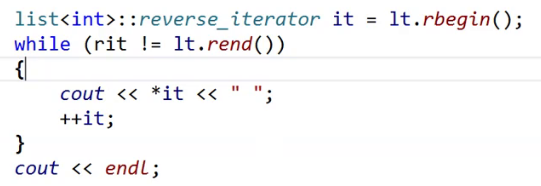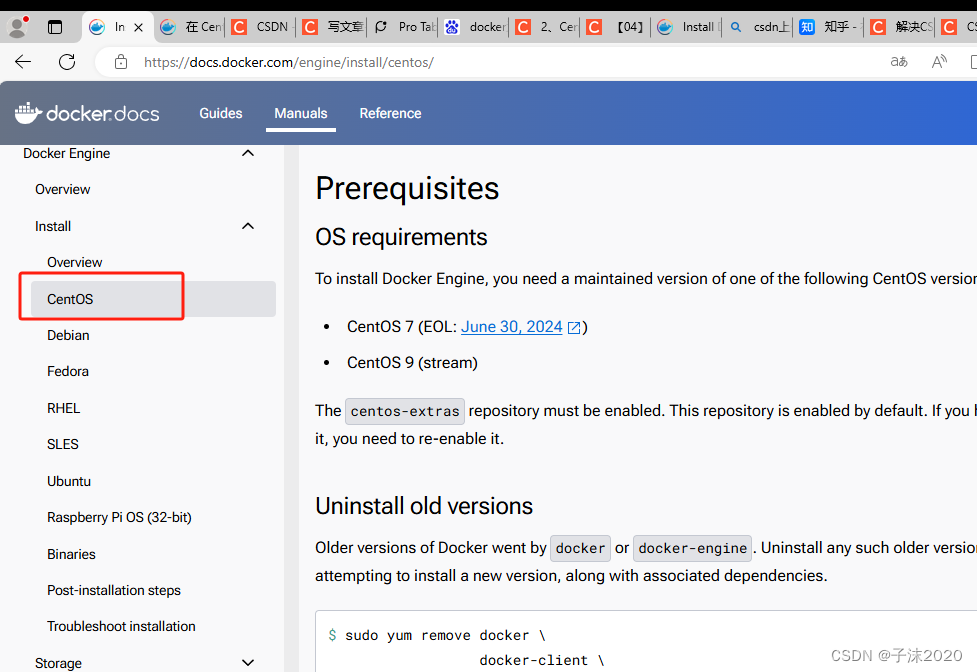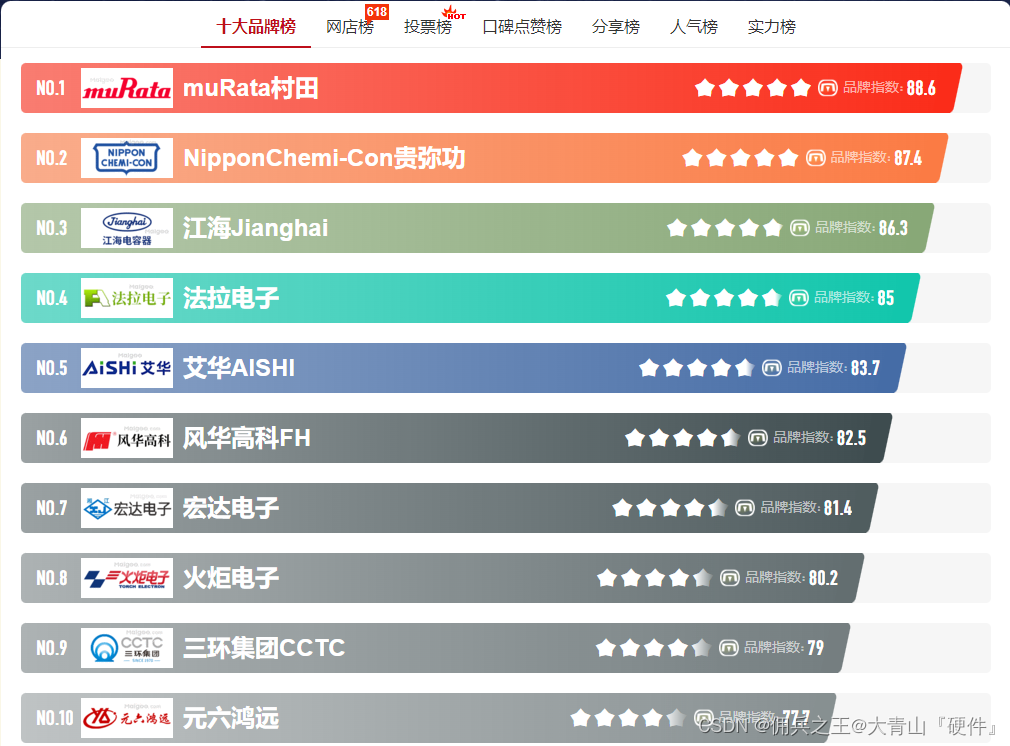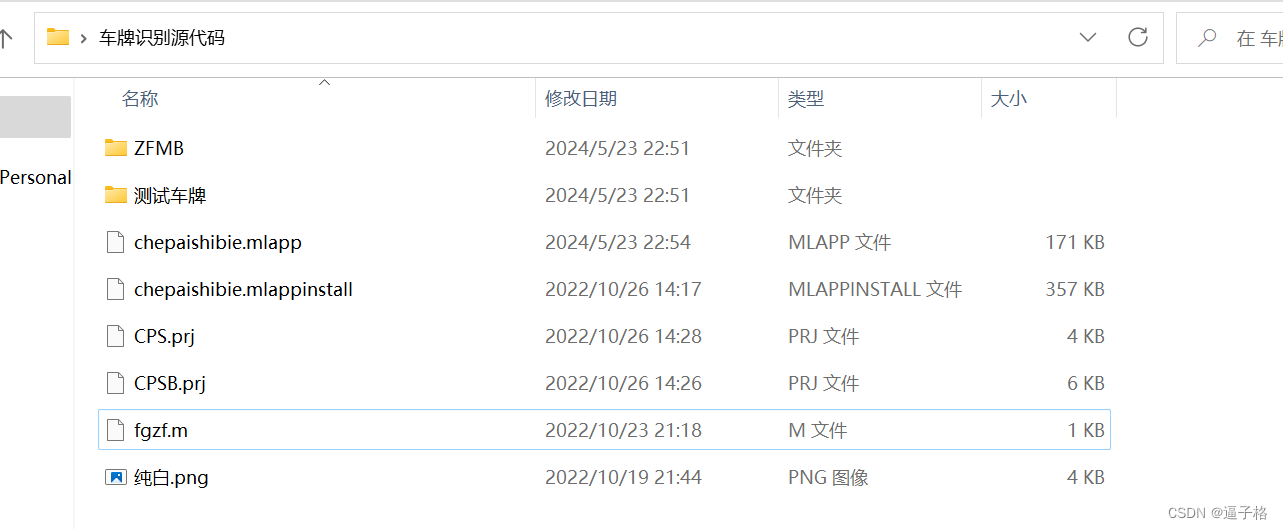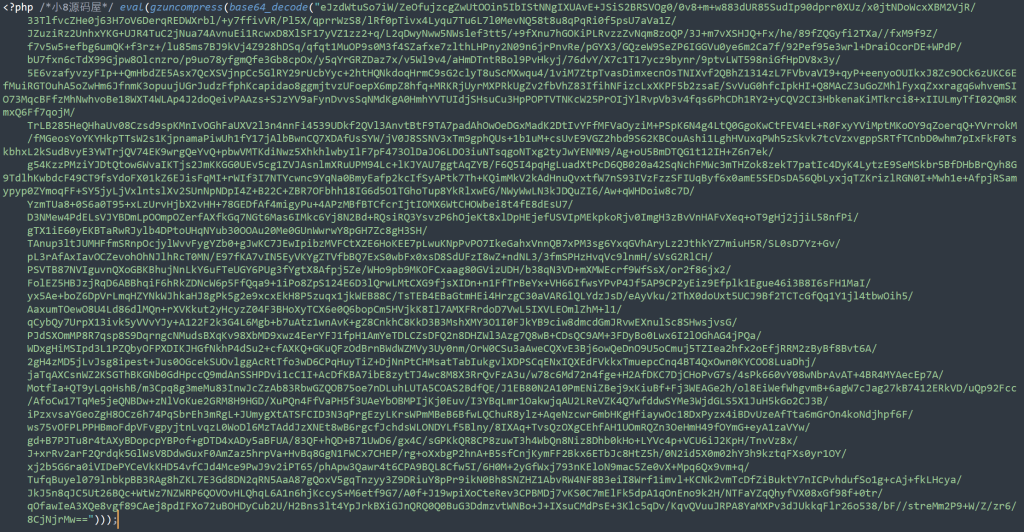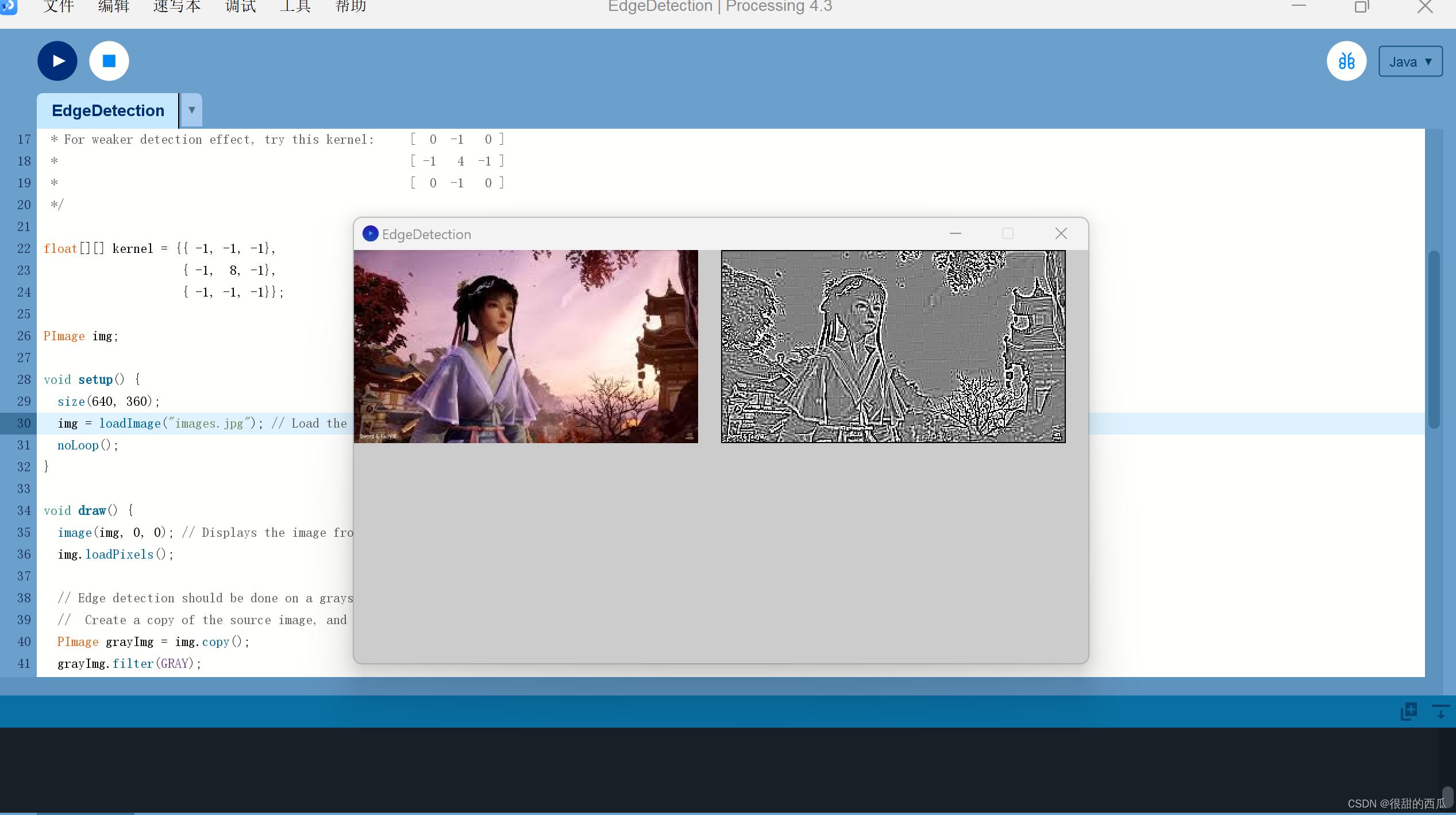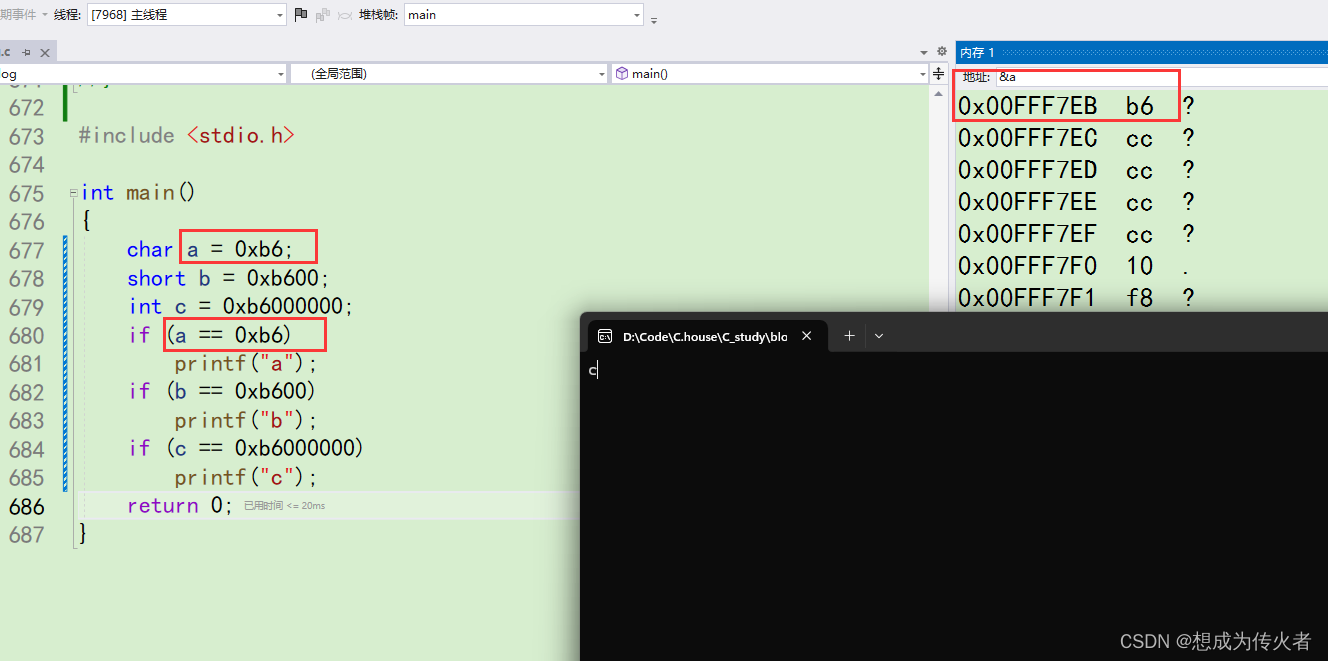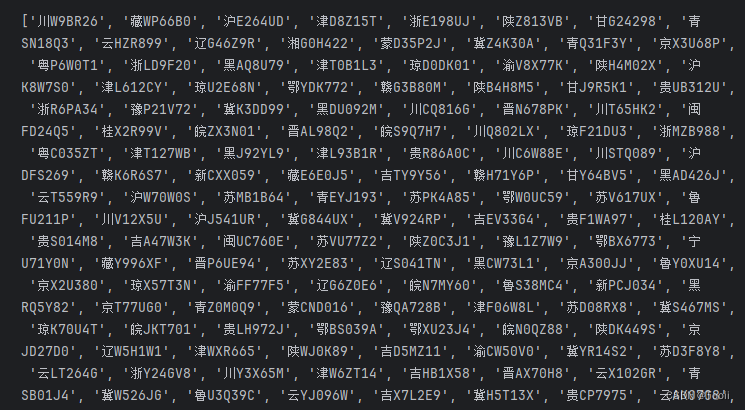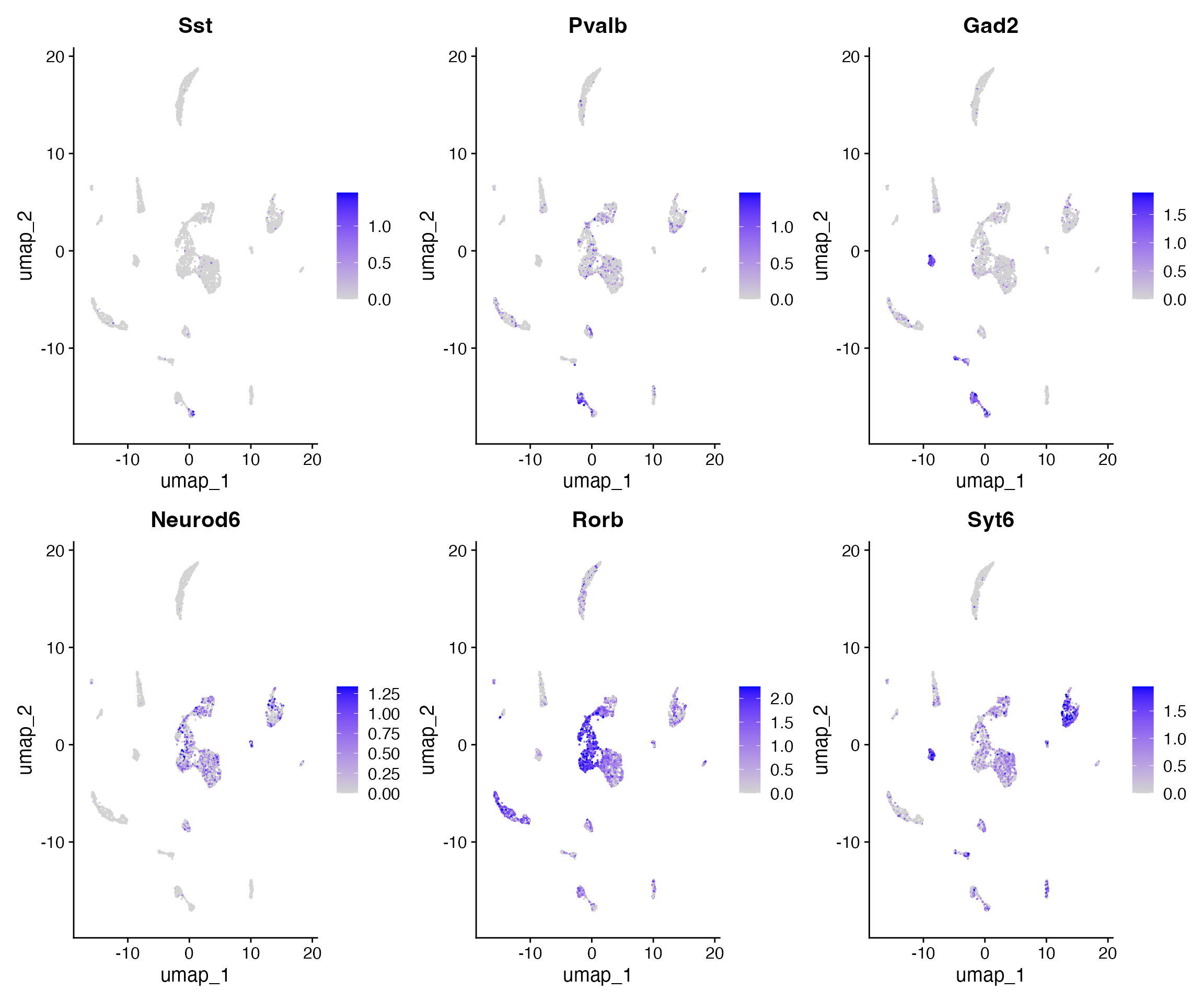一、引言
C++是一种高效、强大且灵活的编程语言,广泛应用于系统软件开发、游戏开发、科学计算等领域。对于已经掌握C++基础知识的开发者来说,进阶学习C++将帮助他们更深入地理解这门语言,并提升编程能力。本教程将介绍C++中的一些高级特性和技术,包括面向对象编程、模板编程、STL(标准模板库)的使用以及C++11/14/17等新版标准中的新特性。
二、面向对象编程(OOP)
面向对象编程是C++的核心特性之一,它使得代码更加模块化、可重用和易于维护。OOP的三大核心概念是类(Class)、对象(Object)和继承(Inheritance)。
1. 类与对象
类是对象的抽象描述,它定义了对象的属性和方法。对象则是类的实例,具有类的属性和方法。
示例代码:
#include <iostream>
using namespace std;
// 定义一个名为Person的类
class Person {
public:
string name; // 成员变量(属性)
int age;
// 成员函数(方法)
void introduce() {
cout << "My name is " << name << ", and I'm " << age << " years old." << endl;
}
};
int main() {
// 创建一个Person对象
Person person1;
person1.name = "Alice";
person1.age = 25;
person1.introduce(); // 输出:My name is Alice, and I'm 25 years old.
return 0;
}
2. 继承
继承允许我们创建一个新的类(子类或派生类),它继承了一个或多个已存在的类(父类或基类)的特征。子类可以访问和修改从父类继承的属性和方法,也可以添加新的属性和方法。
示例代码:
#include <iostream>
using namespace std;
class Animal {
public:
void eat() {
cout << "The animal is eating." << endl;
}
};
class Dog : public Animal { // Dog类继承自Animal类
public:
void bark() {
cout << "The dog is barking." << endl;
}
};
int main() {
Dog myDog;
myDog.eat(); // 输出:The animal is eating.(调用继承自Animal类的方法)
myDog.bark(); // 输出:The dog is barking.(调用Dog类自己的方法)
return 0;
}
三、模板编程
模板编程是C++中的一项重要技术,它允许我们编写通用的代码,这些代码可以处理不同类型的数据。模板编程主要包括函数模板和类模板。
1. 函数模板
函数模板允许我们编写一个函数,该函数可以处理多种类型的数据。在编译时,编译器会根据实际传入的参数类型来生成相应的函数实例。
示例代码:
#include <iostream>
using namespace std;
// 定义一个函数模板,用于交换两个变量的值
template <typename T>
void swap(T& a, T& b) {
T temp = a;
a = b;
b = temp;
}
int main() {
int x = 5, y = 10;
swap(x, y); // 调用int类型的swap函数实例
cout << "x = " << x << ", y = " << y << endl; // 输出:x = 10, y = 5
double a = 3.14, b = 2.71;
swap(a, b); // 调用double类型的swap函数实例
cout << "a = " << a << ", b = " << b << endl; // 输出:a = 2.71, b = 3.14
return 0;
}
2. 类模板
类模板允许我们编写一个类,该类可以处理多种类型的数据。与函数模板类似,编译器会根据实际传入的类型参数来生成相应的类实例。
示例代码:
#include <iostream>
#include <vector>
using namespace std;
// 定义一个类模板,用于创建一个可以存储任意类型数据的数组
template <typename T>
class Array {
private:
T* data;
int size;
public:
Array(int size) : size(size) {
data = new T[size];
}
~Array() {
delete[] data;
}
T& operator[](int index) {
if (index < 0 || index >= size) {
throw out_of_range("Index out of range");
}
return data[index];
}
// ... 其他成员函数,如push_back、pop_back等(此处省略)
};
int main() {
// 创建一个可以存储int类型数据的Array对象
Array<int> intArray(5);
for (int i = 0; i < 5; ++i) {
intArray[i] = i * 2;
}
for (int i = 0; i < 5; ++i) {
cout << intArray[i] << " "; // 输出:0 2 4 6 8
}
cout << endl;
// 创建一个可以存储string类型数据的Array对象
Array<string> stringArray(3);
stringArray[0] = "Hello";
stringArray[1] = "World";
stringArray[2] = "!";
for (int i = 0; i < 3; ++i) {
cout << stringArray[i] << " "; // 输出:Hello World !
}
cout << endl;
return 0;
}
四、STL(标准模板库)的使用
STL是C++标准库中的一部分,它提供了一系列高效的模板类和函数,用于处理常见的数据结构和算法。STL中的容器类(如vector、list、map等)和算法类(如sort、find等)极大地简化了C++的编程工作。
1. 使用vector容器
vector是一个动态数组,可以存储任意类型的数据,并可以根据需要自动调整大小。
示例代码:
#include <iostream>
#include <vector>
#include <algorithm> // 用于sort函数
using namespace std;
int main() {
// 创建一个存储int类型数据的vector对象
vector<int> nums = {5, 2, 8, 1, 9};
// 使用STL中的sort函数对vector中的元素进行排序
sort(nums.begin(), nums.end());
// 输出排序后的vector
for (int num : nums) {
cout << num << " "; // 输出:1 2 5 8 9
}
cout << endl;
return 0;
}
2. 使用map容器
map是一个关联容器,它存储的元素是键值对(key-value pair),其中键是唯一的。
示例代码:
#include <iostream>
#include <map>
using namespace std;
int main() {
// 创建一个存储string-int键值对的map对象
map<string, int> scores = {{"Alice", 90}, {"Bob", 85}, {"Charlie", 95}};
// 遍历map并输出键值对
for (const auto& pair : scores) {
cout << pair.first << ": " << pair.second << endl; // 输出:Alice: 90, Bob: 85, Charlie: 95
}
// 查找键为"Bob"的元素,并输出其值
auto it = scores.find("Bob");
if (it != scores.end()) {
cout << "Bob's score is " << it->second << endl; // 输出:Bob's score is 85
}
return 0;
}
五、C++11/14/17等新标准中的新特性
C++11、C++14和C++17等新版标准为C++带来了许多新特性和改进,如智能指针、lambda表达式、范围for循环、auto关键字、类型推导、nullptr关键字等。这些新特性使得C++编程更加简洁、安全和高效。
1. Lambda表达式
Lambda表达式是一种定义匿名函数的简洁方式。它允许我们在需要的地方直接定义并使用函数,而无需事先声明函数名。
示例代码:
#include <iostream>
#include <vector>
#include <algorithm>
using namespace std;
int main() {
vector<int> nums ={5, 2, 8, 1, 9};
// 使用lambda表达式作为sort函数的比较函数
sort(nums.begin(), nums.end(), [](int a, int b) { return a < b; });
// 输出排序后的vector
for (int num : nums) {
cout << num << " "; // 输出:1 2 5 8 9
}
cout << endl;
return 0;
}
2. 智能指针
智能指针是一种能够自动管理内存的生命周期的指针类型。C++11中引入了std::unique_ptr、std::shared_ptr和std::weak_ptr等智能指针。
示例代码(使用std::unique_ptr):
#include <iostream>
#include <memory> // 引入智能指针头文件
class MyClass {
public:
MyClass(int value) : value_(value) {
cout << "MyClass(" << value_ << ") constructor called." << endl;
}
~MyClass() {
cout << "MyClass(" << value_ << ") destructor called." << endl;
}
void printValue() {
cout << "Value: " << value_ << endl;
}
private:
int value_;
};
int main() {
// 使用std::unique_ptr管理MyClass对象的生命周期
std::unique_ptr<MyClass> ptr(new MyClass(42));
ptr->printValue(); // 输出:Value: 42
// 当ptr离开作用域时,它所指向的MyClass对象将自动被删除
// 此时将输出:MyClass(42) destructor called.
return 0;
}
六、总结
本教程介绍了C++中的一些高级特性和技术,包括面向对象编程、模板编程、STL的使用以及C++11/14/17等新标准中的新特性。这些特性和技术将帮助你更深入地理解C++,并提升你的编程能力。当然,C++的学习是一个持续的过程,不断地实践和探索将使你更加精通这门语言。


